Art and literature, especially from ancient Greece and the age of the Renaissance have a culturally-biased attitude towards the human male penis, with penis shape deemed to be important, whilst penis size is less interesting. More important were the correct proportions and closeness to the image of an ideal male, which is often youthful, and innocent and therefore shows signs of a small, uncircumcised penis is best. Read on.
Perceptions of penis sizes and attributes related to penis sizes are largely culture-biased
In Ancient Greece and various vassals of the Greek city-states an uncircumcised, small penis was seen as a sign of nobility and cultural superiority, whereas a penis of a bigger size was regarded as vulgar and inappropriate, mostly associated with barbarian culture (this may have been because many barbarians surrounding Greece who had raided and warred with Greece had demonstrated their penis worship and such practices were, therefore, a sign of barbarism and cultural void in the eyes of the Greeks).
Ancient greeks and penis size
Greek culture has left a legacy in terms of portraying penis size as small in art. Although Greeks demonstrated an interest in the genitals, they were not preoccupied with size. This coincides with the nature of Greek art as Greeks considered a large phallus to be humorous, and their art was supposed to be austere. It still is funny. In the arts, a small penis identified the ideal or intellectual aspect of the human male, whilst in theatre, for example, the person playing the “fool” role wore something like an oversized phallus to indicate his stupidity, the idea being he was, therefore, closer to animals and less human than his opponent in the play. Modesty is attractive.
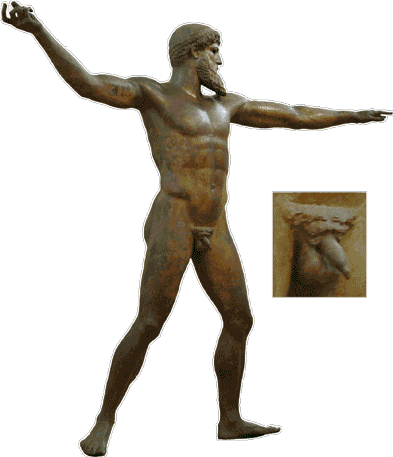
Apparently, if you are Zeus, the master of Olympus and the father of most other greek deities, with an ability to throw thunderbolts, size is unimportant.
Zeus is typically portrayed as a greying bearded older man with an excellent physique. This physique is rather youthful and athletic. A wise old man, a father figure who is in exceptional shape.
Renaissance paintings illustrating Zeus tend to hide the greek diety’s genitals, however, it is up to the standard of the age in Ancient Greece for models to be entirely nude.
Ideal proportions and symmetry as the epitome of beauty.
Above, you can see a statue of Zeus, fished out of the sea last century. Zeus, being a God is very close to the ideal in the classical Greek understanding of art and the human body. Gods were often portrayed as superior to men, sculpted with carefully outlined proportions in order to preserve and protect their perfection. The penis had to be portrayed as proportionally correct, although it may seem small, the ancient Greek culture paid little attention to the size of a penis, it was in no way a sign of virility as opposed to the barbaric tribes that surrounded Greece. Instead, virility, in the Greek ideal, or the ability to give life and create offspring was correlated with the moral and intellectual capacity of a being, power, or wealth to a lesser extent, and whilst Zeus had fathered up to 45 offspring with various goddesses and mortal women, the size of his penis was unimportant.
Chorus: My Comedy’s a modest girl: she doesn’t play the fool By bringing on a great thick floppy red-tipped leather tool To give the kids a laugh….
Aristophanes, “The Clouds” translated by Alan H. Sommerstein
There is a chance that the models for these statues, who had to stay in one position for the artist to capture their motion, were cold. However, even the non-nude paintings on vases showed a modest penis size, despite the erotic undertones. Heroes, such as Achilles are portrayed as youthful.
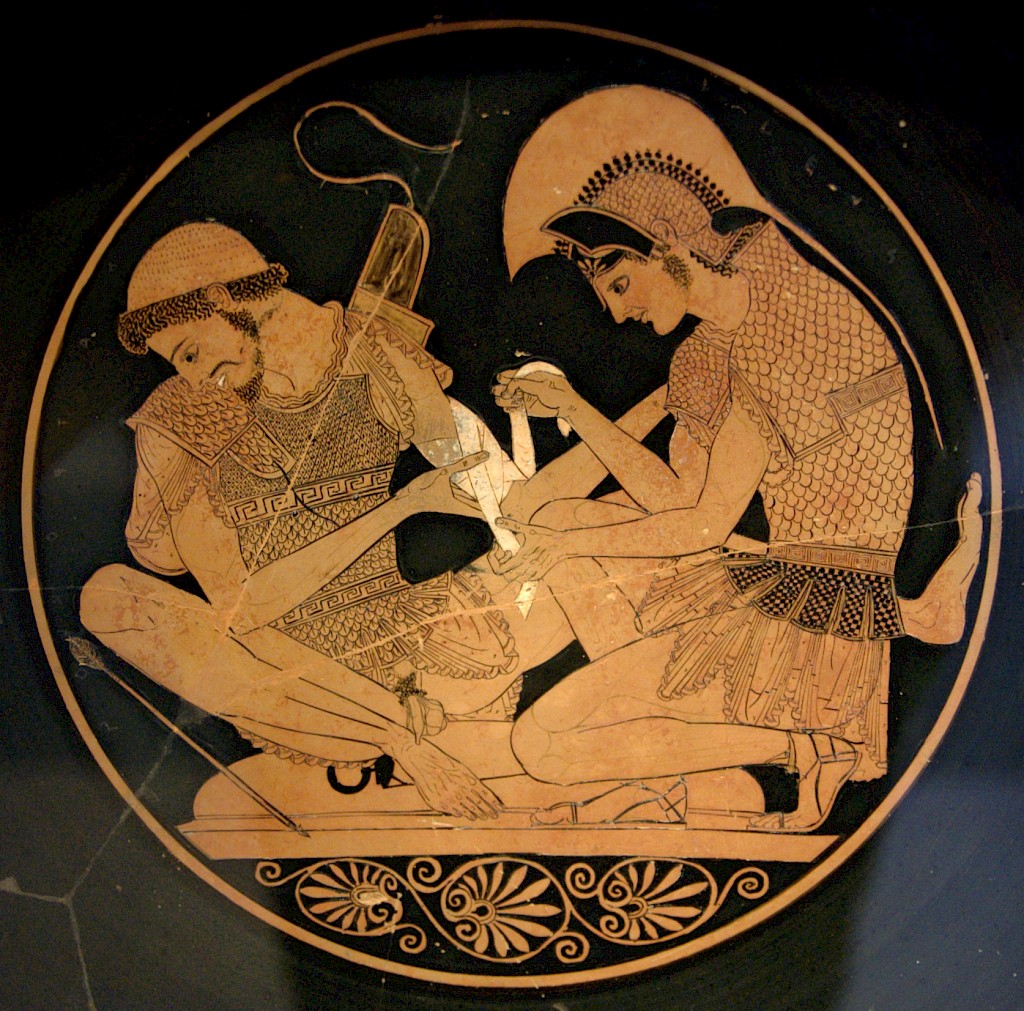
Athletes were sculpted with small penises
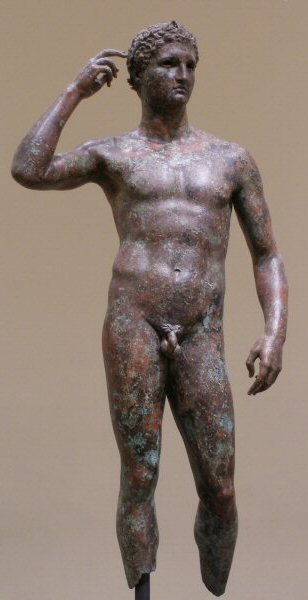
This bronze statue of a victorious athlete touching the olive wreath on his brow was fished out of the Adriatic Sea near Fano, Italy in 1964. Though realistic, like the sculpture of Zeus above, his penis is small after the Greek ideal.
Despite centuries of submersion and encrustation, what may be the realistic detail of a superficial dorsal vein has survived which would again indicate the drive towards realism and austerity, as a serious piece of art it had overt disproportional characteristics and therefore the penis appears to be small.
This statue is regarded to be one of the best examples of ancient Greek sculpting genius, the male – a victorious athlete. A male in the perfect physical state whilst also an image of a successful male.
The laureate is modest, cool, and entirely comfortable with a win.
Athletes are often shown to be young and healthy and expressionless. An image of ascetical beauty.
Renaissance art and penis size
In Renaissance art, many painters and sculptors mimicked the Greek style in terms of drawing and sculpting genitals, where an uncircumcised small penis was also admired and seen as aesthetically pleasing. Especially as many of the paintings included saints and biblical characters were not supposed to concentrate on the genitals despite showing nudity of the individuals portrayed, instead the penis size should not have been noticeable. Since sculptors were obsessed with proportions an oversized penis on a statue would look highly unprofessional.
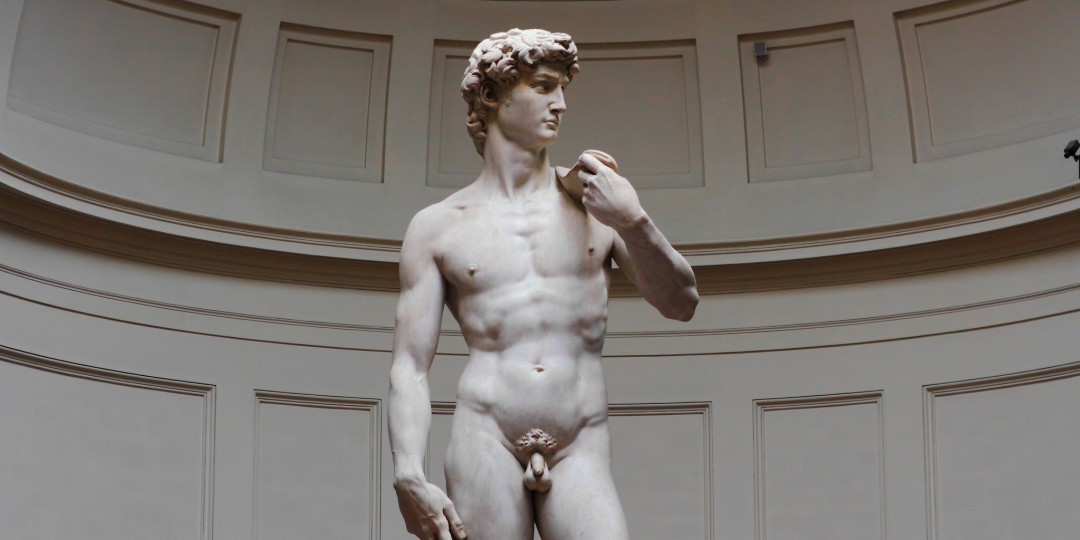
A nude male statue in itself is a celebration of masculinity and whilst the genitals remain a part of that idea, it was more important to show a sophisticated male, hence the realistic proportions, an ideal male body with civilized penis size. A large penis size would diminish a male’s image of a balanced individual and taint it with animalistic traits and characteristics. Age is seen on the other hand as more important. The standard for beauty in the classical era in Greece was the prepubescent male. Penis size increases during puberty. Extrapolating from this, the smaller your penis is the closer you are to the ideal and the more attractive you’re considered. http://www.circumstitions.com/Art1.html Please visit this site if you want more information about Penis depictions in art and perceptions in ancient cultures. It is a website dedicated to the fight against circumcision, so if you feel strongly about it, we recommend signing up for their work.
Romans and the penis size
Romans were far more open about sex and displayed a far more positive attitude towards larger penises. in 79 AD, Vesuvius erupted and buried the cities of Pompeii and Herculaneum. This resulted in a substantial loss of life but the preservation of the pieces of Roman culture and art both from other environmental factors and human activity such as raiding and religious censorship.
Romans enjoyed a richly erotic, even pornographic culture. The Pompeian frescos depict all kinds of sex-related images, revealing an interest in the male penis and particularly the size of the penis. Unlike the Greeks who preferred a smaller penis, Romans were fond of larger penises, the art on the walls of formerly ash-buried cities depicts men and gods with larger penises than average. However the Romans were not too keen on the idealistic principles of the Greeks and instead preferred hedonism in life and in culture, many people attribute this to the eventual fall of the Roman empire.
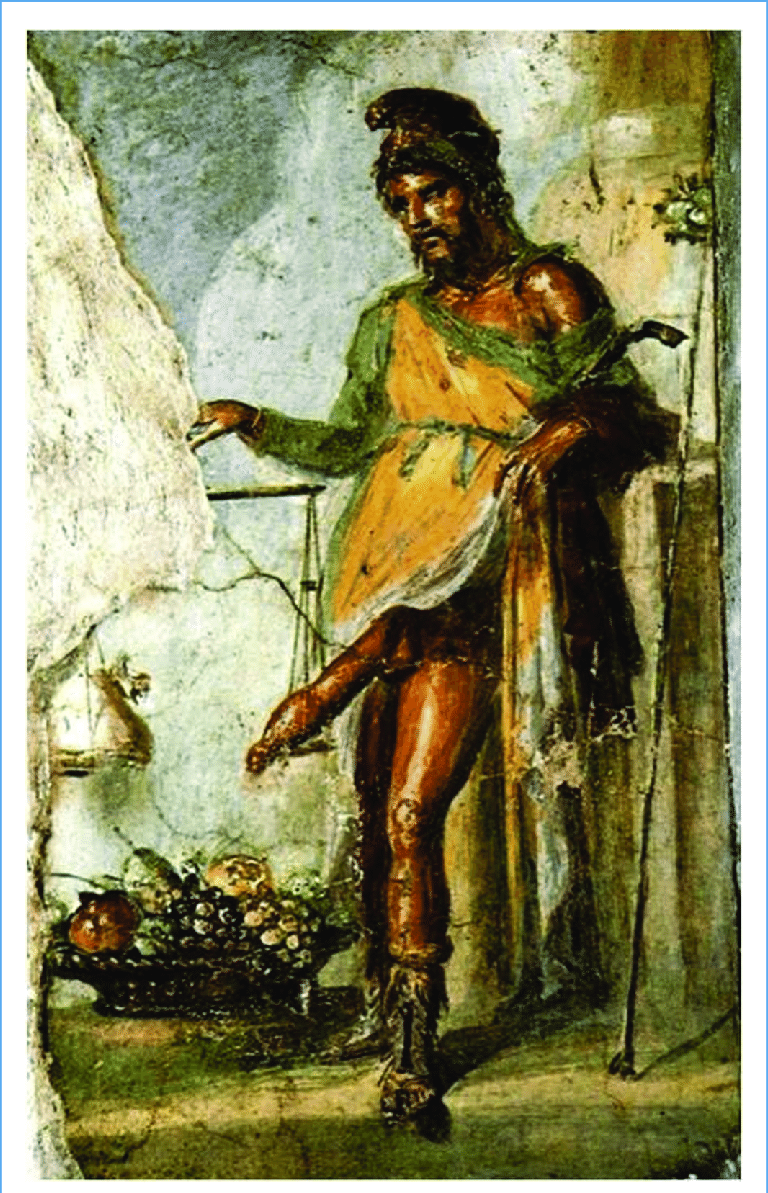
Priapus, well-known in the West as God of plenty and fertility as well as fun and leisure is seen depicted with a large penis, weighed against a pot of gold with a basket of fruit. Whilst in Greek culture large penises were associated with ugliness, animals, or half-animal creatures such as satyrs (who often had a negative role in various stories), in Roman culture males with large penises were often portrayed as fools but harmless or benevolent, such as god Priapus.
Overall, the way a penis is depicted in culture changes over time. The size of the penis purveys other characteristics of the male. Usually, a large penis is seen as humorous. Something out of proportion in art also means that it is a caricature so an abnormally large forehead on a face or a large penis on a body are examples of that.
Greeks and Romans went through numerous ages, and art has often depicted the spirit of the age, however penis size was often an instrument to demonstrate modesty or lack thereof.